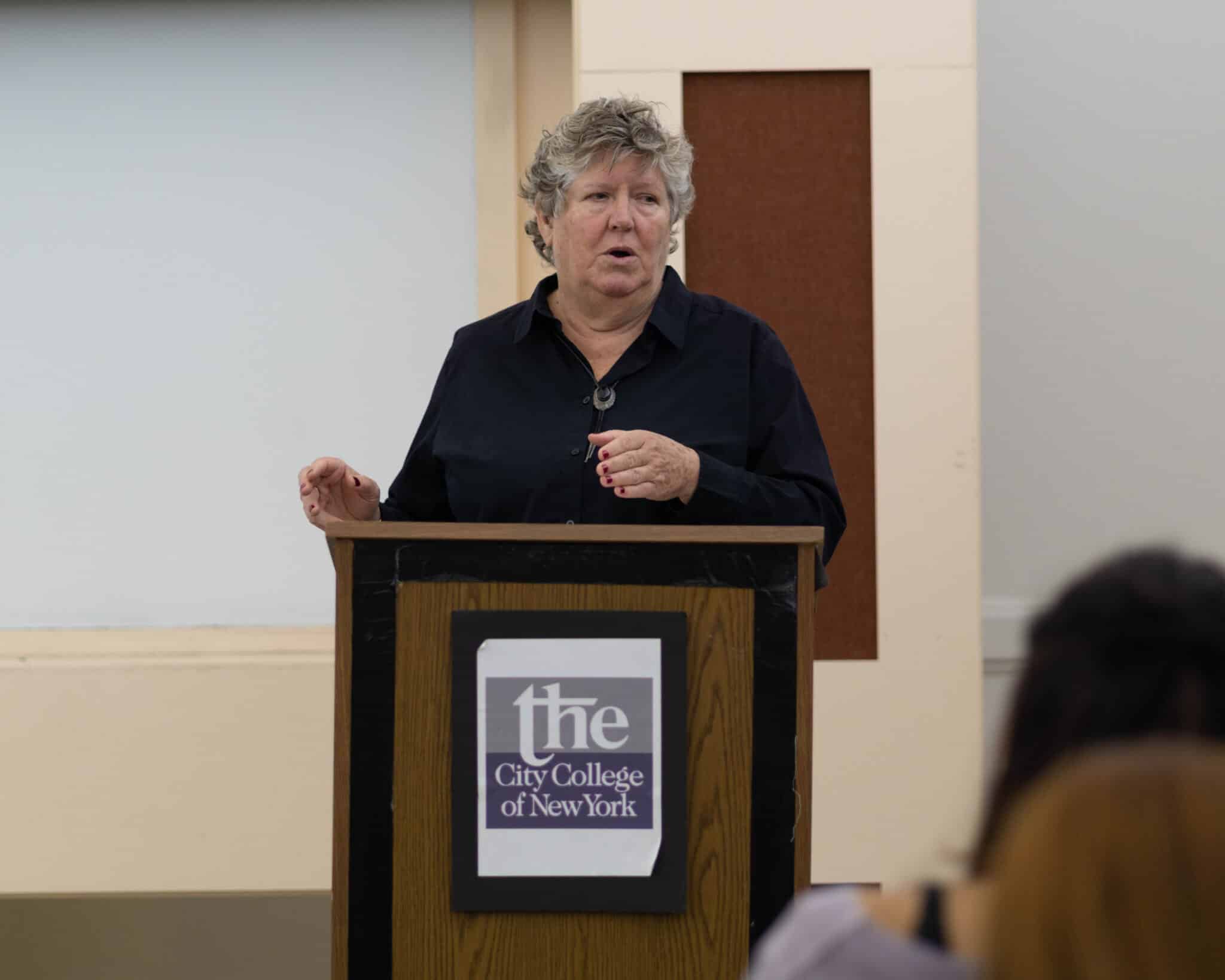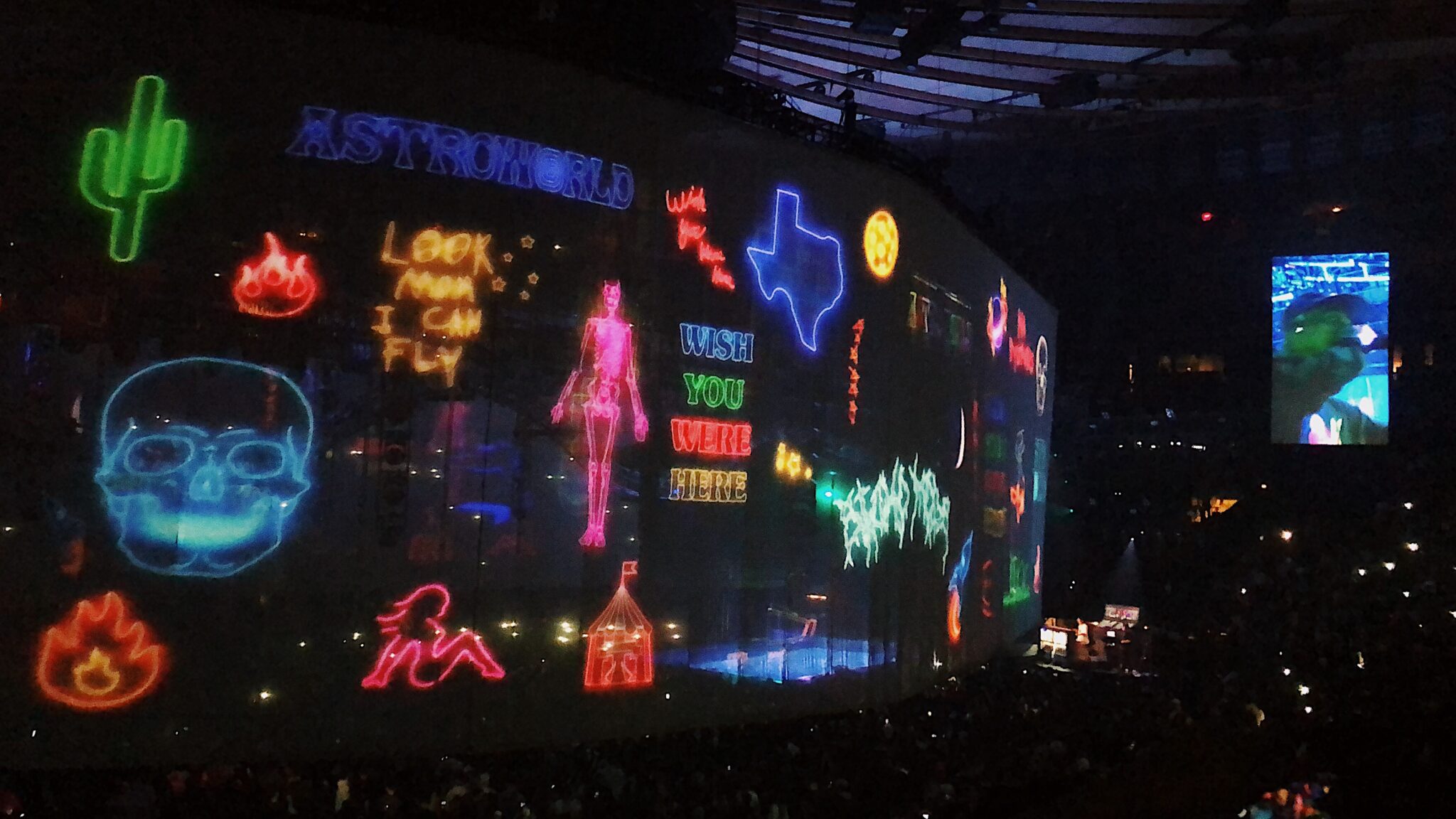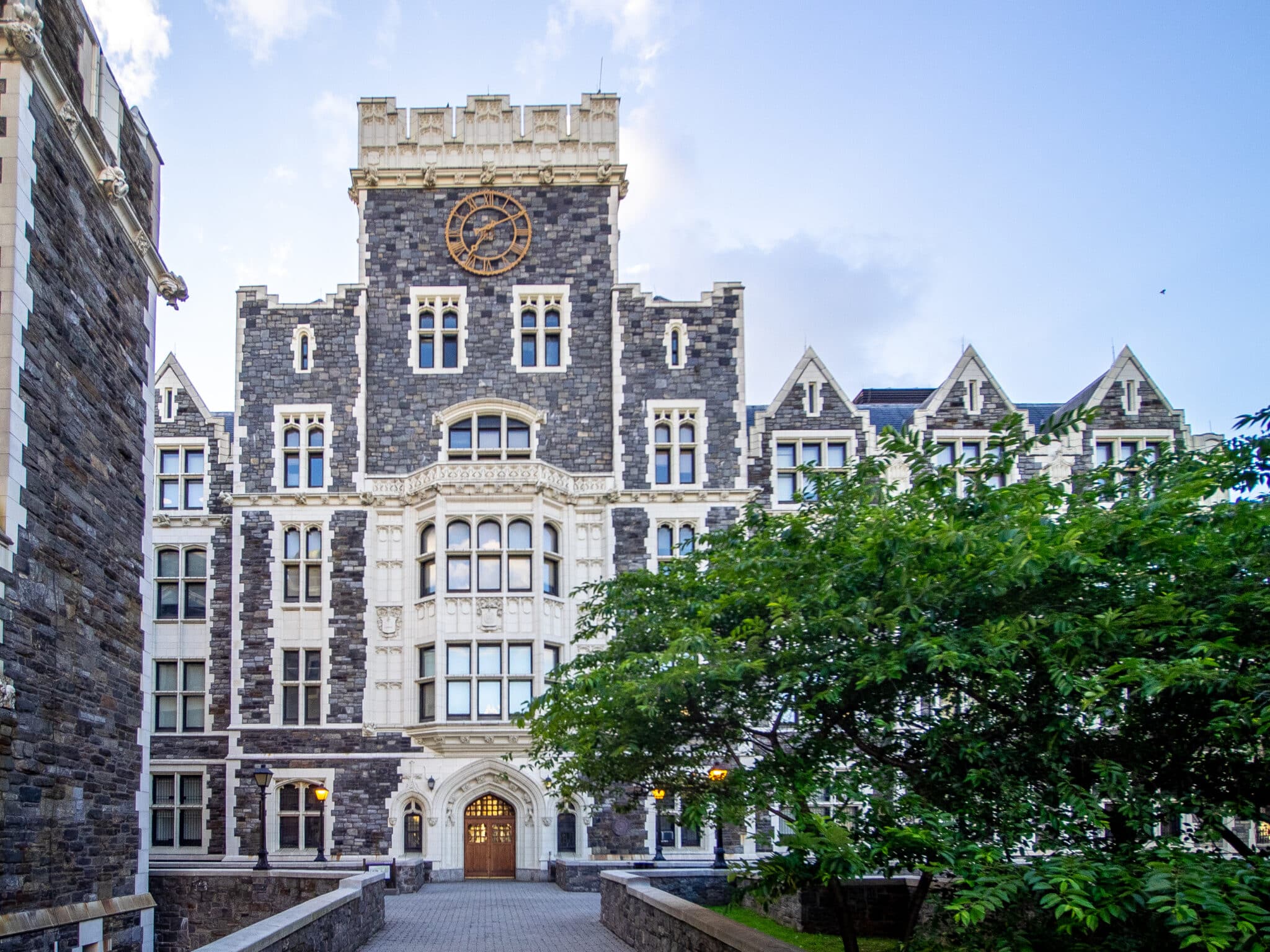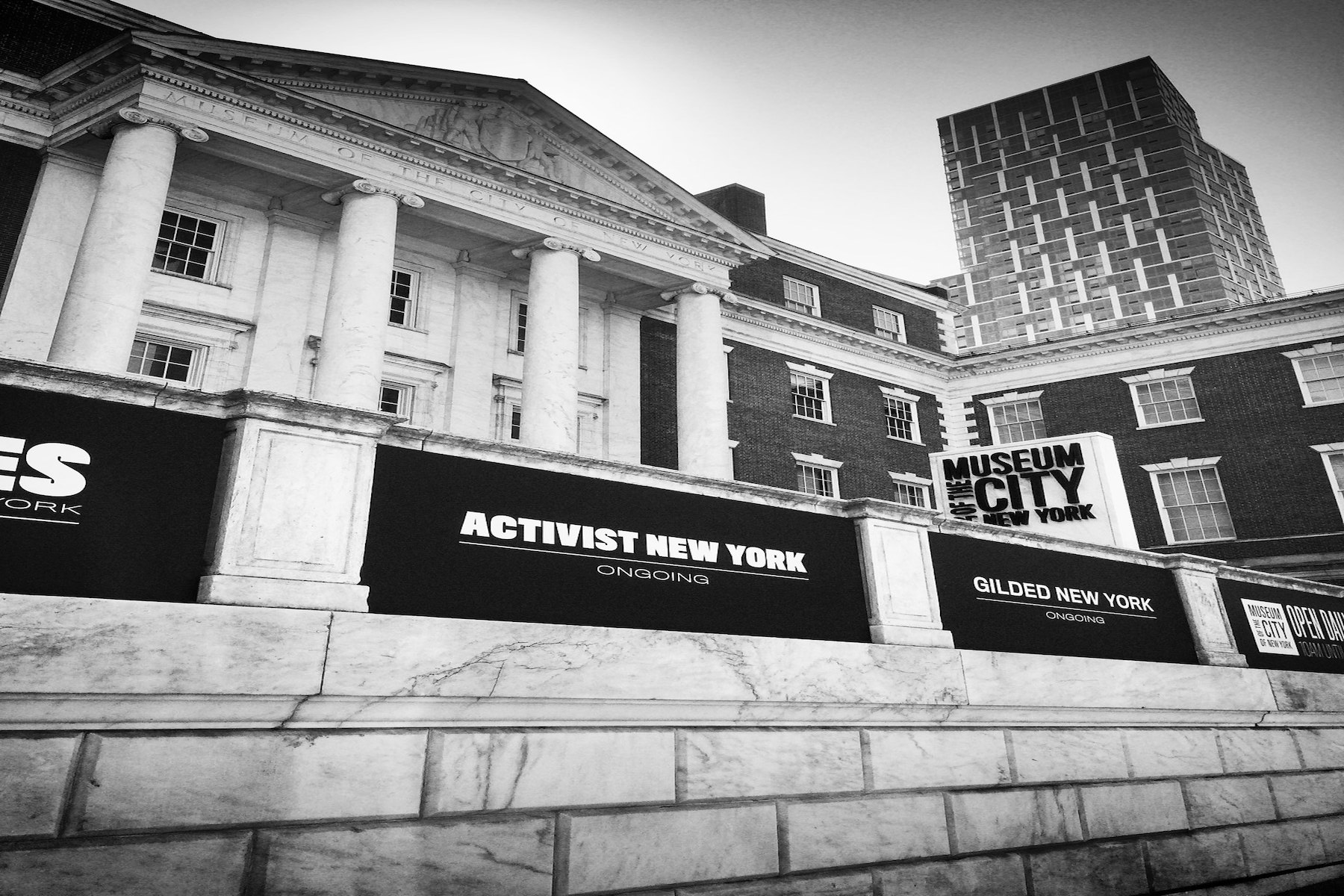Filmmaker Greta Schiller stands at a podium talking about her film The Five Demands. Photo by Alex Gibson-Daley
At a recent City College of New York (CCNY) press conference filmmaker Greta Schiller spoke about the production of her latest documentary, The Five Demands. The film documents the story of a CCNY student strike in 1969 that became part of the Civil Rights Movement and American education.
At the time, City College was predominantly white, an institution considered the “Harvard of the proletariat.” Though located in the heart of a Black and Puerto Rican community, Harlem residents felt unwelcome. This sparked anger in the students of color who did attend the college. In April of 1969, a group of them mobilized to shut down the college and demand values that reflect those of the community it had excluded. Some may wonder why they haven’t heard of these historic events— and they wouldn’t be alone. “I had been here in the 70s as a student,” said Schiller, who co-directed and produced the film with Andrea Weiss, who runs the MFA film program at CCNY. “This [story] had not just been lost but erased. The board of trustees who ran CUNY did not want to celebrate this at the time.”
So, in 2014, Schiller, also a City College professor, set out to share this untold, yet, historically vital story. Over nearly a decade of production, Schiller, Weiss and their team gathered interviews from organizers, participants, and faculty. “None of them had really told the story before,” she said. “No one had asked them these questions in almost 50 years.”
Schiller and her collaborators used archival footage to craft an immersive atmosphere, portraying the events through the eyes and ears of those present. They left no stone unturned in their hunt for such moments, crediting unlikely sources as instrumental— B-roll (footage) from French documentaries, local photography collectives, and even student informants for the NYPD. “The thing about filmmaking versus written journalism, is that you need images,” she said. “We could’ve done a few talking heads and cutaways, but we wanted to tell the story with moving images [and] it was important that we captured how the Harlem community actually lived.”
The footage takes viewers to classroom conversations, campus congregations, and debates amid the demonstration. CCNY students who screened the film saw themselves in even mundane moments— realizing that those responsible for these vital changes once sat in their chairs. The documentary offers a reminder that the past lives not only in earth-shaking events, but also in the unchanging moments between them. “I want you guys to be inspired that there has been social change,” Schiller said. “And it was done by people just like you.”
Tags: City College Civil Rights Movement Greta Schiller Harlem protest Nikolas Yilmaz Student Strike The Five Demands






